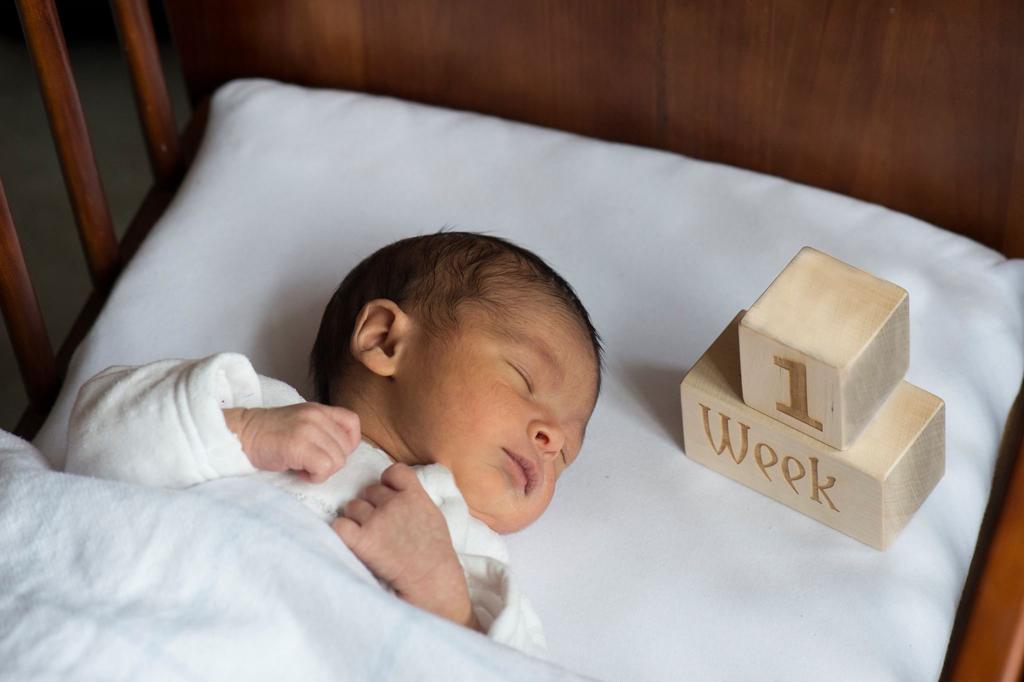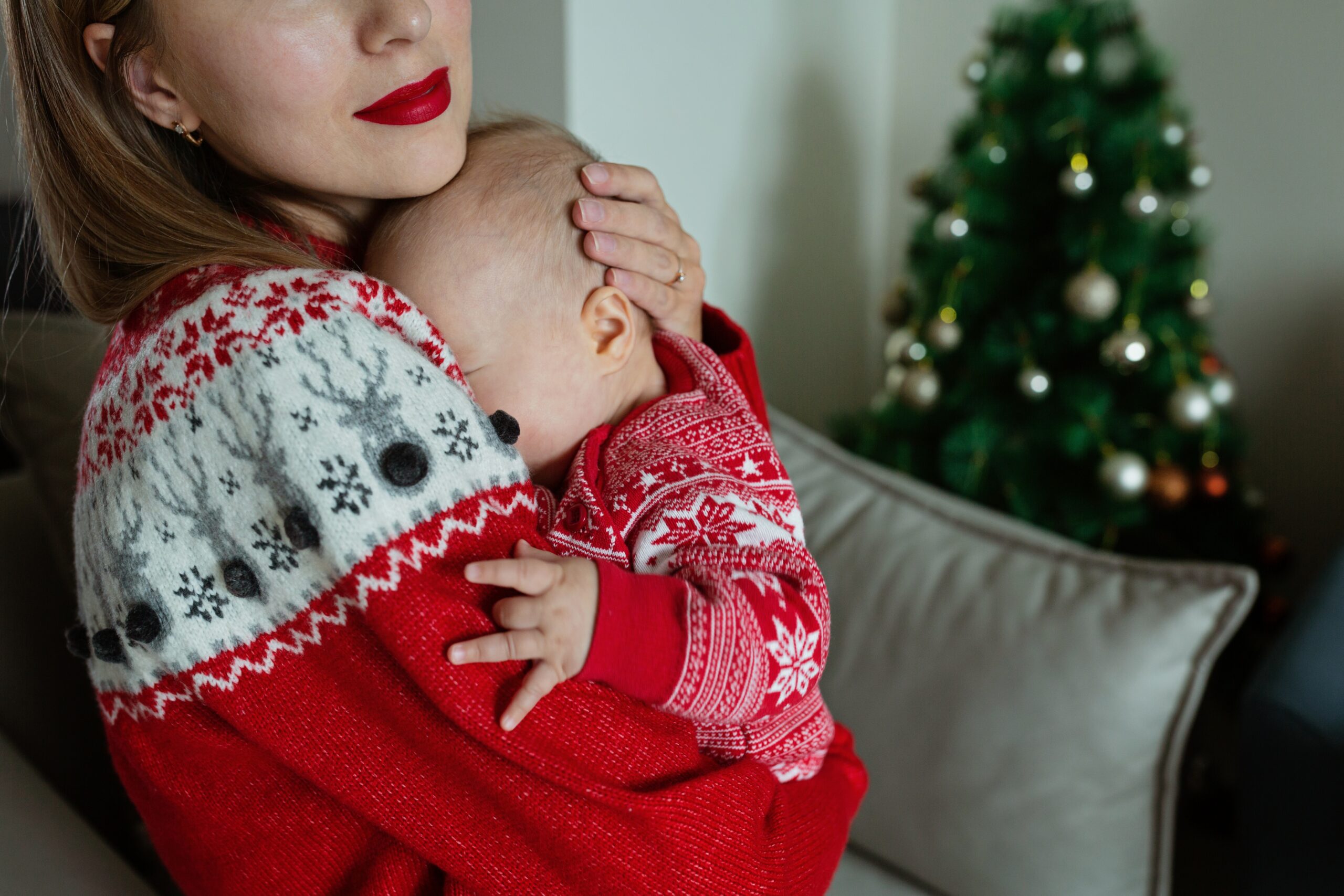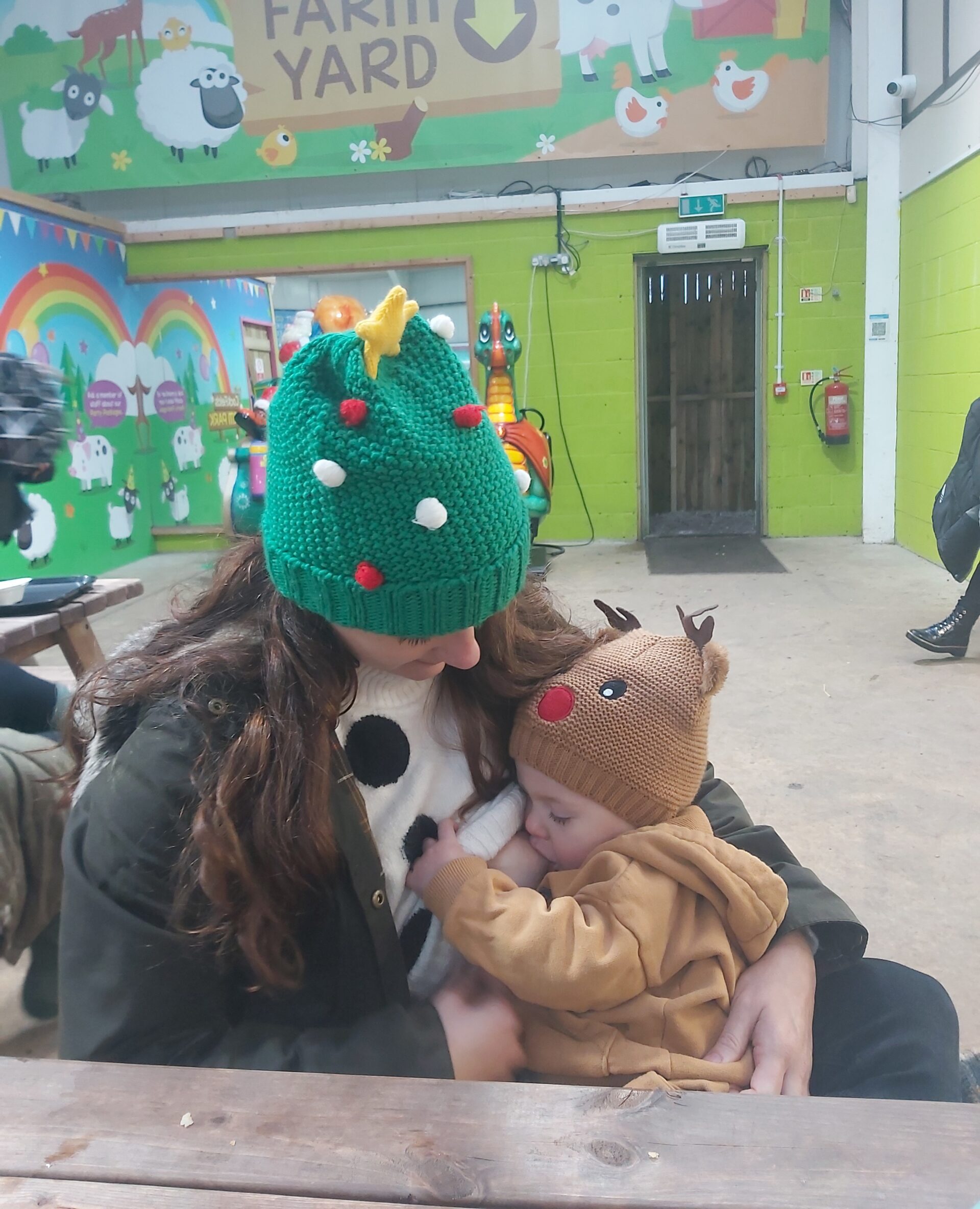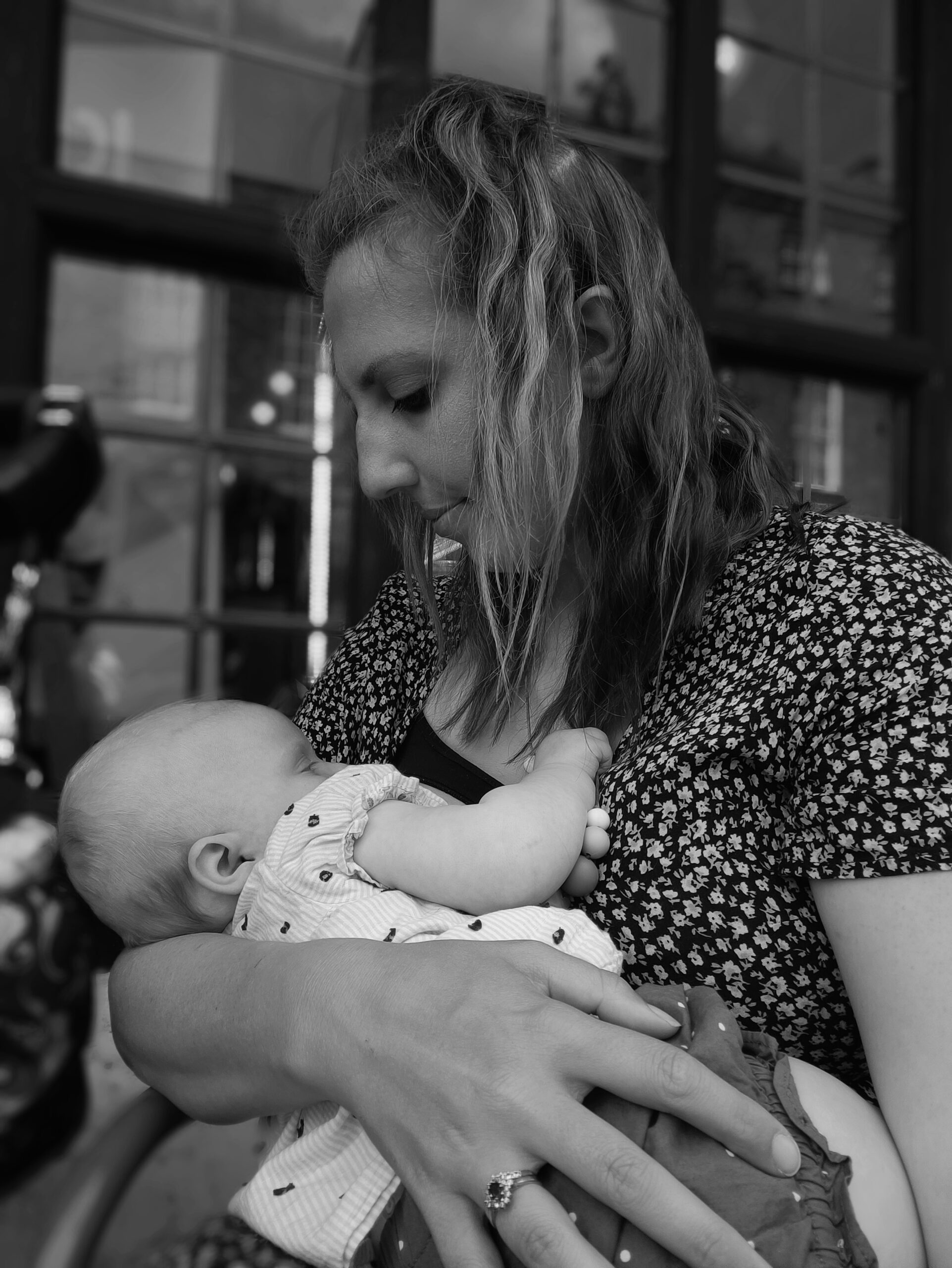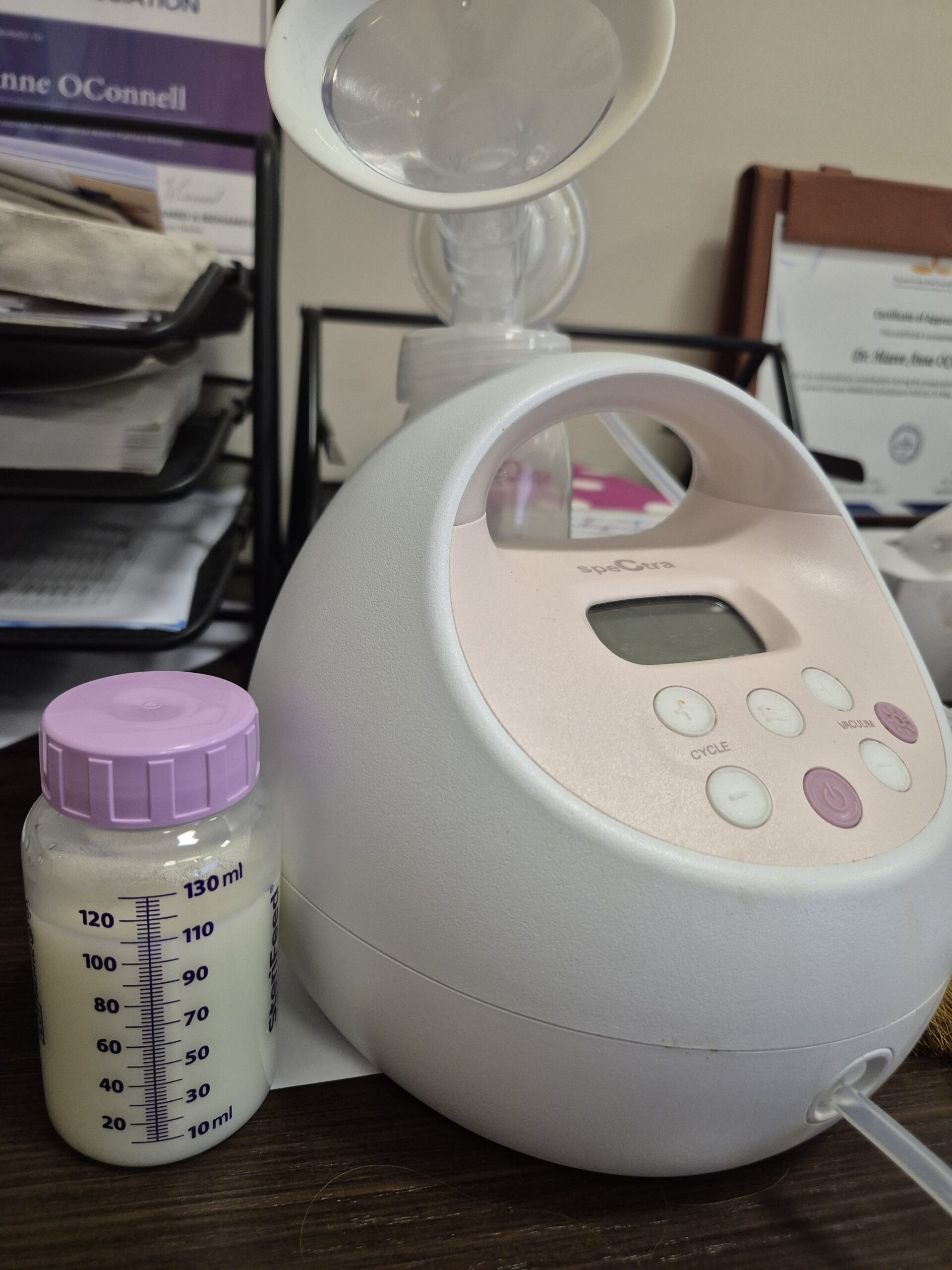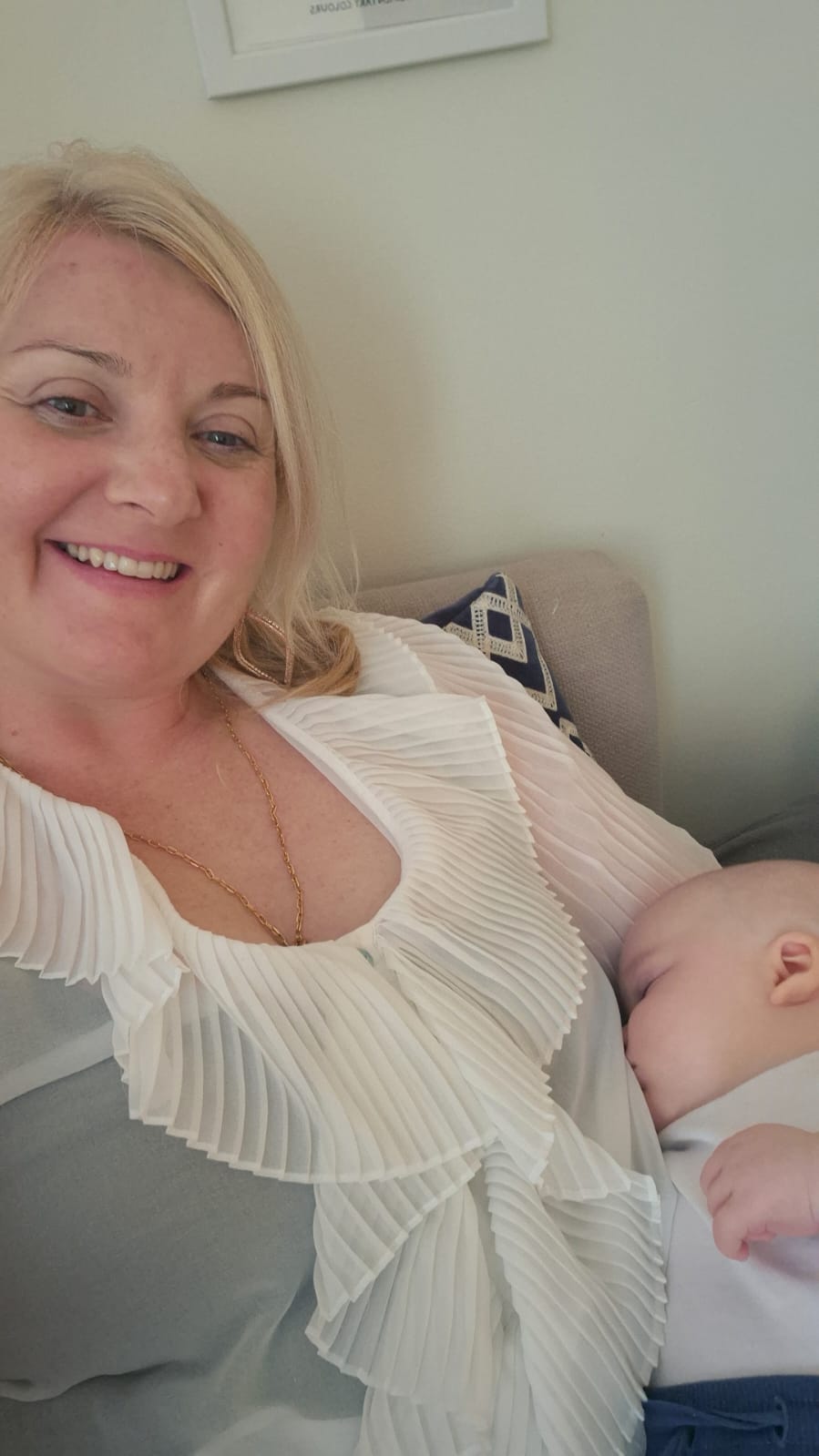What is jaundice?
Lots of babies will appear jaundice in the early days after birth – in fact, 60-80% of all newborns will have jaundice.
Jaundice is when a baby’s skin appears to have a yellow colouring to it. It usually starts on the face and then spreads down the chest and rest of body and can affect palms of hands and soles of feet. In some babies, the whites of their eyes can appear yellow too. Sometimes it may cause dark coloured urine or pale coloured stools.
Jaundice is most common in breastfed infants and more common in premature babies. Some research also says it’s more common in babies of East Asian origin.
Jaundice is most common in breastfed infants and more common in premature babies.
What causes jaundice?
Red blood cells in a baby’s body break down after the baby is born (baby’s have lots of them) and produce bilirubin, which is usually converted in the liver and can then be removed from the body via stools. Some babies liver isn’t always able to process all of the bilirubin so then it’s deposited around the body and shows on the skin and other places.
When do we worry about jaundice?
- If it appears in the first 24 hours of life
- If levels are very high when checked using either a monitor on skin by a midwife or a blood test
- If baby is loosing weight (more than the usual post birth weight loss of 8-10%)
- If baby is excessively sleepy
- If baby is premature
- If jaundice is still present after 14 days of age (21 days for premature babies)
Why do we worry about jaundice?
- If bilirubin levels are very high and not treated it can cause brain damage – called kernicterus – although thankfully this is very rare.
- If levels are high when checked then babies may need to be admitted to hospital for phototherapy where they are put under lights which help break down the bilirubin or occasionally an exchange transfusion.
- Also, if baby still appears jaundice after 14 days old then it can be a sign of underlying medical condition such as liver disease, again this is very rare but can only be diagnosed with a blood test.
So what does jaundice mean for breastfeeding?
Although babies might be more sleepy when jaundiced especially if it’s more severe, there is usually no reason to move away from exclusive breastfeeding. A good feeding assessment and support (to rule out things like tongue tie or other underlying feeding issues) are important and a midwife or health visitor can do this and also review baby’s growth when needed.
To help your baby overcome jaundice, it’s important to feed responsively, have lots of skin to skin, keep baby close, look for early feeding cues, and wake them for feeds if necessary. If health professionals suggest extra feeds for baby (to help with sleepiness/ growth/ jaundice) these can still usually be breast milk given via a cup or supplementary nursing system alongside continued breastfeeding.
To help overcome jaundice, it’s important to feed responsively, have lots of skin to skin, keep baby close, look for early feeding cues, and wake them for feeds if necessary.
As ever, support for breastfeeding is key
If the baby is admitted to hospital for phototherapy this can make things such as skin to skin and free access to the breast a bit more tricky as baby needs to be under lights at the prescribed times. However, staff should still support mums to establish breastfeeding and discuss ways of supporting the breastfeeding relationship.
With the right support, jaundice should not impact on the long term ability to exclusively breastfeed. Remember, always speak to your midwife or health visitor if you have concerns about jaundice and/ or feeding





